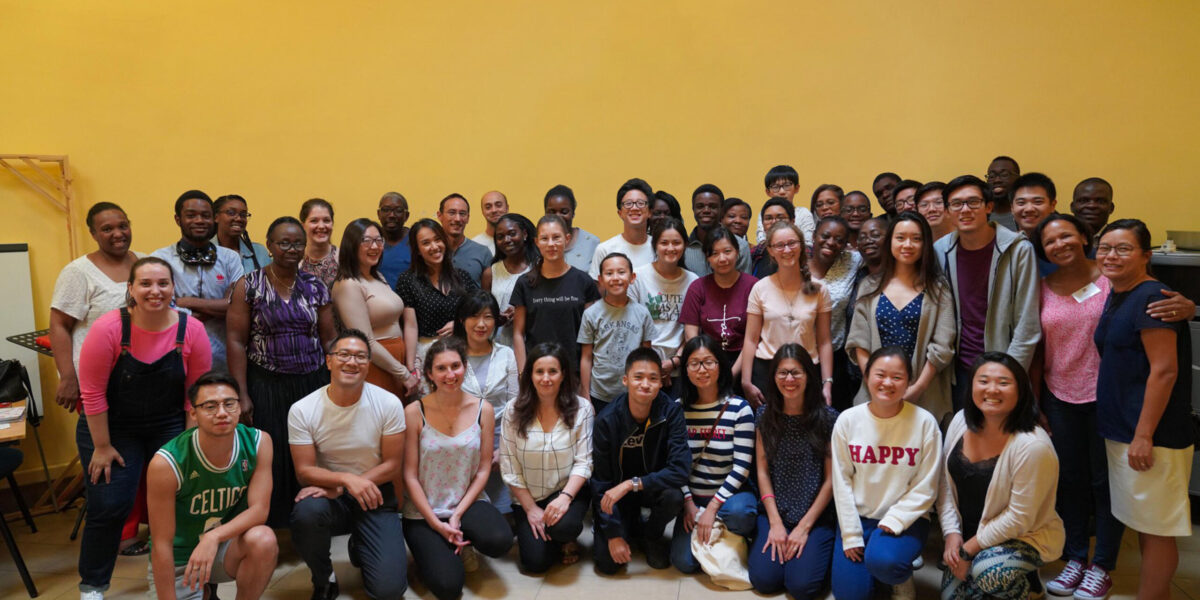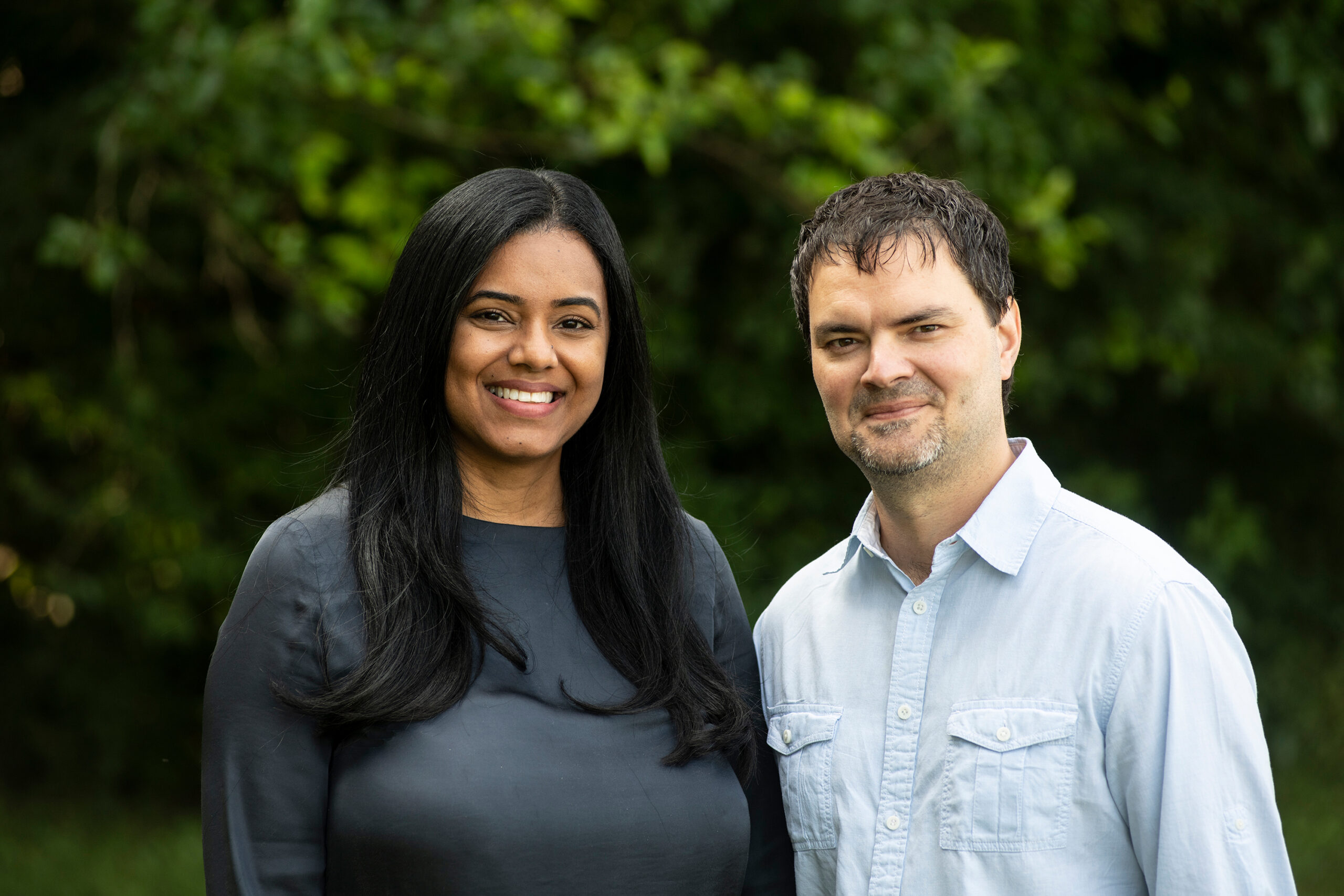In one of the most important collection of essays on mission and Anabaptism, the late Wilbert Shenk noted:
"Amid the extremisms of the day and the erosions of the past, and the uncertainties of the future, the messianic community is privileged to bear witness … The fundamental missionary stance is that of the servant. The strategy is the incarnation. The sign marking the way of mission is the cross."1
Shenk’s succinct and prophetic words provide a helpful missiological compass for mission in Europe and the Anabaptist contribution therein. My spouse, Toni, and I view Europe more of a religious laboratory than a Christendom graveyard — more an incubator for Christian mission than a "valley of dry bones." Decline and decay are certainly part of its past and one marker of its present reality. But this is not the only drama unfolding or the only story to tell. France, for example, is home to Europe’s largest Muslim and Jewish populations. And while Islam dominates the migration news headlines, perhaps the more consequential trend is the presence of Christian migrants from Africa, Asia and Latin America. Paris, for example, is host to about 300 African immigrant congregations that have a mission and vision that transcends their immigrant communities, even if under the "ecclesiological radar," they will continue to play an important role in the transformation of faith in Europe. There is also a strong presence of migrants among the historic churches; in many cases, immigrant pastors and priests are helping keep these church communities alive. Lastly, the historic churches are reinventing themselves in creative and dynamic ways and experimenting with fresh expressions of church.
These transformations in the religious landscape are what enable major urban centers — such as Berlin, London and Paris — to hold within them an astonishingly vivid and almost fully representative presence of world Christianity. These spaces, which embody unprecedented religious plurality and ethnic diversity, offer the church new challenges and opportunities to live and witness to the "Christian we." The presence of non-Western immigrants, for example, forces European Christians to deal with multiculturalism in new ways. If we can live this "reconciled we," the church offers a compelling community for the formation of new disciples. But we must keep Shenk’s words in mind: servanthood, incarnation and the cross.
1 Shenk, Wilbert R., ed. The Transfiguration of Mission: Biblical, Theological and Historical Foundations (Scottdale, Pennsylvania: Herald Press, 1993), 23.








